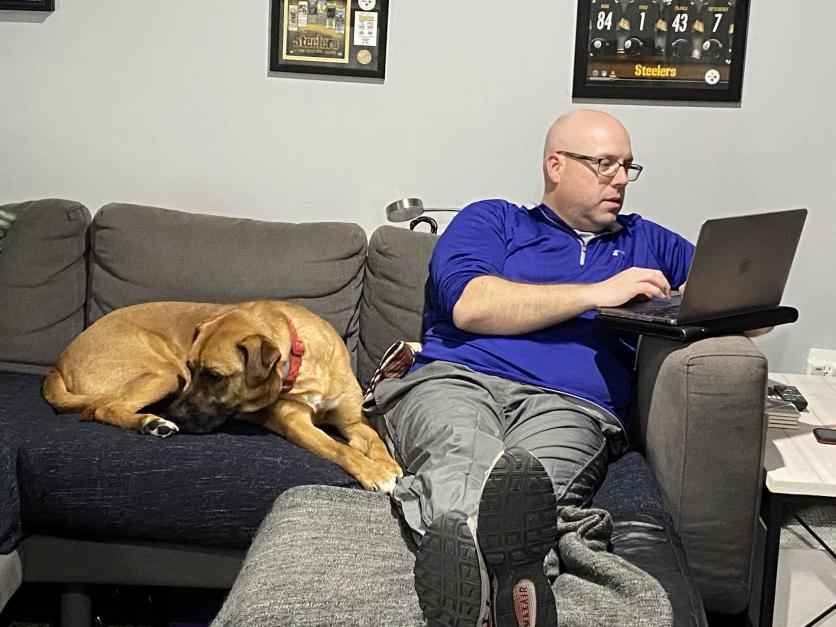Working From Home, Online Learning and Managing Digital Distractions During the Age of Coronavirus

Hi Ryan, working and learning from home 100% of the time is new concept for a lot of us, how is it going for you?
Like most of the world, it takes a bit of getting used to working from home and practicing social distancing. I already teach a great deal online, so I am used to working from home and facilitating less face-to face courses. However, since I am home with my two boys and attempting to home school them, time management has become a challenge.
Where do you see some challenges, people are facing when transitioning 100% online?
If working, learning, or teaching remotely is not “your” normal experience, then the change can be very jarring. A higher education campus can be very social – dorms, common areas, the dining hall, hallways, offices, the library, they are all places where people can connect with the community and its members. Although there is social media and communication technology, people do prefer the “real” experiences.
Since home-life and work-life are now the same, how does one create balance, if at all?
This is great question and you have to be flexible with yourself. My family is attempting to keep a routine of working/school hours and the late afternoon and evenings are about family time.
I have always spent a few nights a week working after my children go to bed. However, I have been enjoying more workouts with my wife, dog walks with the whole family, and binge watching some Netflix shows.
What are some tips you can give us to succeed at all online work?
First, try to create a schedule and maintain it. This tip is easier said than done. Next, make a daily list of tasks and work through them – one at a time. Finally, be patient with co-workers, friends, and family – the situation we are experiencing is everything but normal.
Do you recommend staying in your pajamas all day?
I suggest people wear whatever they want to wear. If we are going to be stuck in our houses in isolation, then we should be comfortable.
There is so much that can distract you on your laptop or phone, how do we keep from jumping on around?
All the bells, notifications, dings, messages, and unlimited access can be overly distracting. Many people tend to attempt to multitask. Multitasking complex tasks well is a myth – in fact attempting to multitask complex tasks makes us work slower and make more mistakes.
John Medina, a molecular biologist and author of Brain Rules, says multitasking complex tasks is like trying to perform it after you have had several stiff drinks. You may think you are doing well, but you aren’t.
What are some of the best virtual meeting programs?
Skype, Zoom, and Google Hangout are the ones I have used in the past. They are fairly pressure-tested and allow us to meet online virtually.
What is the best way to stay organized online?
It depends on the user and their required tasks. This situation might be the perfect excuse to explore doing new tasks in new ways. Office 365 and Google Docs allows users to work on documents simultaneously. You can also work collaboratively using a mash-up of tools such as Zoom and Google Docs with co-workers or student partners.
How long of time periods would you suggest working and why?
Take a short break every hour – at least 5 minutes to stretch, walk around, eat, or take a bio break. It is essential that we maintain activity and practice safe working habits.
How do you feel this could change online learning for the long term?
I think it is providing the needed excuse for both teachers and learners to experience something new. I have trained over 40 people in the past two weeks on how to use Zoom for synchronous meetings and instruction. Many people loved the idea. After COVID-19 is no longer a threat, many people will use these new tools and skills moving forward. I call this a silver lining!
Online Resources
For more online resources, visit the Student Engagement Resource Center.




